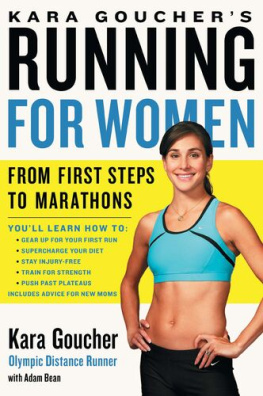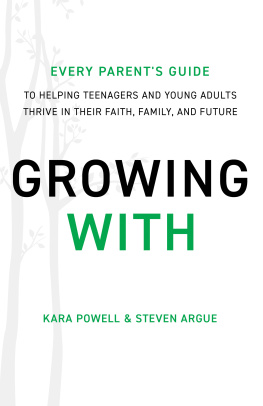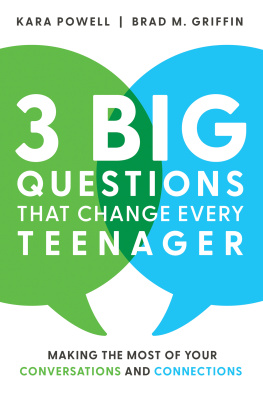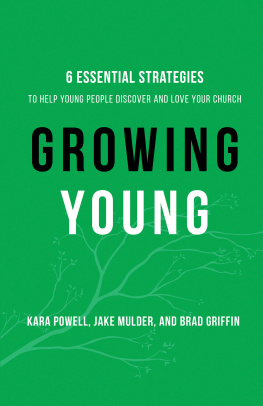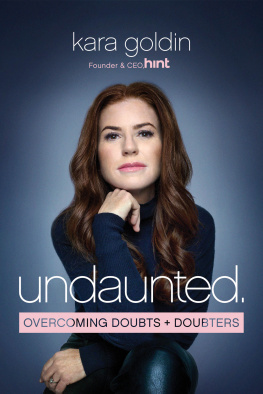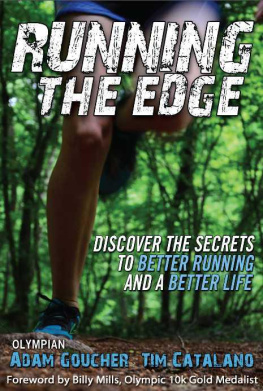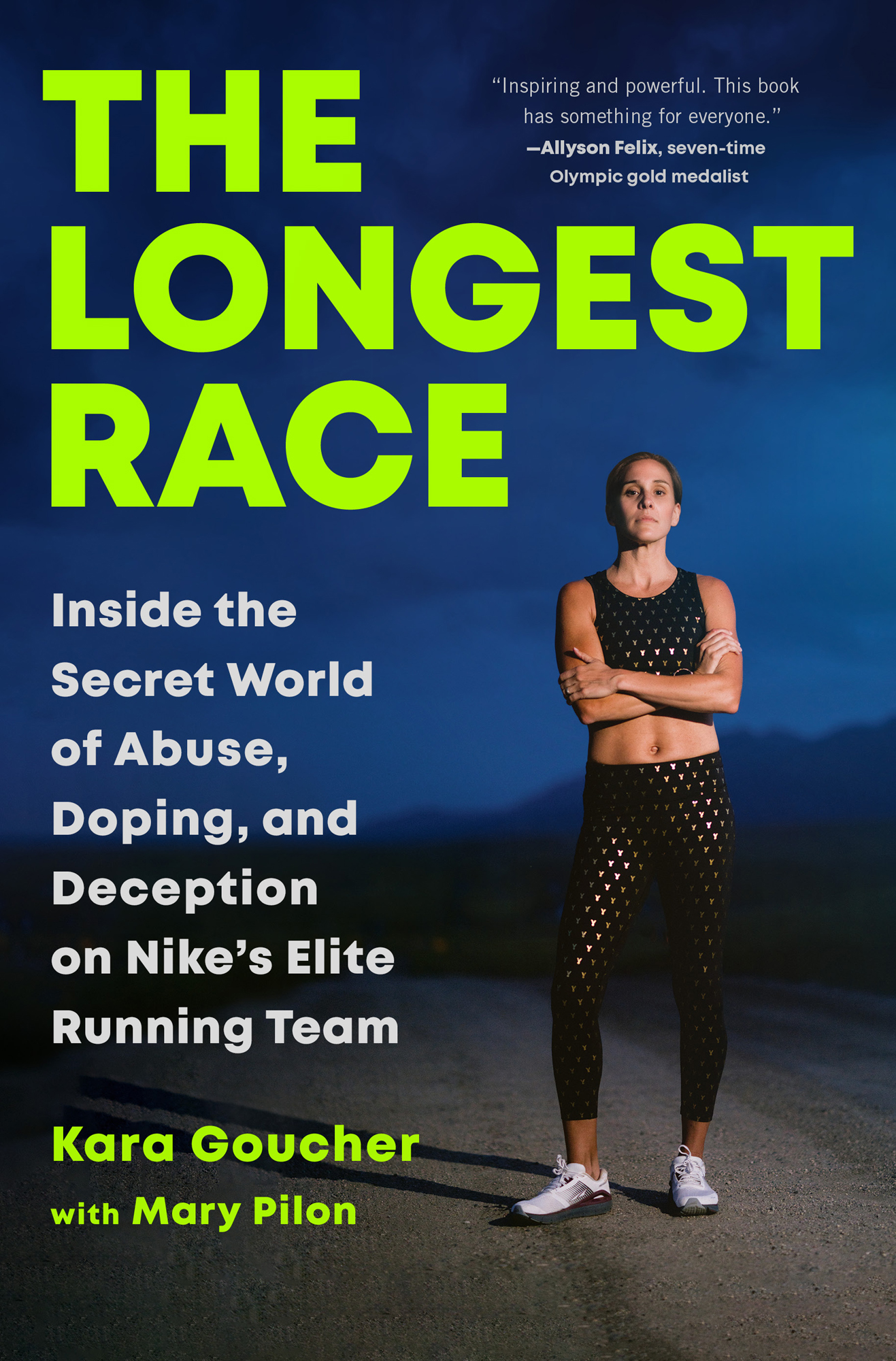CONTENTS
Guide
Inspiring and powerful. This book has something for everyone.
Allyson Felix, seven-time Olympic gold medalist
The Longest Race
Inside the Secret World of Abuse, Doping, and Deception on Nikes Elite Running Team
Kara Goucher with Mary Pilon
This book is dedicated to the believers, and those who find power in writing their own stories.
When a woman tells the truth, she is creating the possibility for more truth around her.
Adrienne Rich
INTRODUCTION
When Kara Goucher reached out to me in November 2019 to ask if I would consider helping her tell her story, I thought the request would be easy to shrug off.
I had long known Karas name, having covered running as a journalist on The New York Times sports desk from 2011 to 2014, then having written about sports for The New Yorker, Esquire, and Vice, among other publications. I knew that she was one of the grittiest American distance runners of the twenty-first century, a podium finisher on the track at the World Championships and the New York City and Boston Marathons. I knew that she had made her second Olympic team in 2012, barely a year after giving birth to her son, a relatively novel occurrence at the time.
I also knew that in recent years, shed become something of a pariah. In 2015, she and her fellow Olympian husband, Adam Goucher, had publicly accused their former coach, running icon Alberto Salazar, of pushing the limits of anti-doping rules. Kara and Adam had been coached by Alberto at the Nike Oregon Project, an elite, secretive, lavishly funded team based out of the headquarters of the worlds largest athletics apparel brand. In September 2019, just two months before Kara reached out to me, Alberto received a four-year ban from coaching from the U.S. Anti-Doping Agency. Kara, who had provided evidence in the case, wasnt implicated in any wrongdoing, though neither were her teammates Galen Rupp and Mo Farah.
Word of the Salazar ban was still fresh, but my reaction when Kara reached out was: This feels like old news. I was born and raised in Eugene, Oregon, Nikes birthplace and the self-proclaimed track and field capital of the world. Nike runners had godlike status in my home state. For years, on regular visits back, gossip about whether Alberto, Galen, Kara, and other Oregon Project runners were doping was nearly constant, not only on the lips of my sports-obsessed family, but at local coffee shops and bars. Everyone wanted to know if Alberto and his runners only pushed the edges of doping rules, or crossed them. More recently, people questioned how Karas claim that some people on the tight-knit Oregon Project team could be dirty, and others clean, could be true.
My feeling was that the sport was tarnished, and had never been squeaky clean in the first place. One idol after the next had been accused to have been cheating over the yearsfrom Marion Jones, to Justin Gatlin, to countless Russian track and field athletesand the motivations were clear. (Jones has admitted to taking performance-enhancing drugs. Gatlin, who has tested positive for banned substances twice and was served bans in 2001 and 2006, had denied that he doped until 2017, when he apologized for any wrongdoings or black eyes Ive brought onto the sport, according to Sports Illustrated.) If you could take something to become richer, stronger, and more famous, and knew you were unlikely to get caught, would you do it? What if you knew that many of your competitors were doing it already? Factor in that you have a very limited window to earn the income youll be living off of for a lifetime, and the knowledge that with a single injury, your career could be over. This didnt make doping right, but I felt I understood the very real and potent incentives to cheat. More to the point, I wondered how much the question of who did and didnt cross the lines even mattered.
By 2019, my focus had shifted away from covering sports in a traditional sense. I had just released an audio series about Larry Nassar and the institutional failures and cover-ups that had allowed him to abuse young gymnasts for decades. Once I started reporting on serial pedophiles and systemic corruption, I found it hard to care as much about athletes trying to shave a few seconds off their finish times with some shady supplements. I was asking questions about complicity, enablement, and trauma. I was interested in the resilience and bravery of the young women who spoke out, brought their abuser to justice, exposed troubled institutions, and changed the way America thinks and talks about survivorship.
So, as I got ready for what I was certain would be a quick call with Kara, expecting to hear about steroids, supplements, testosterone creams, and intravenous infusions, I was already brainstorming a polite response. The Nike Oregon Project story had been well covered. Alberto was banned. Life moved on.
Then, she started talking, and everything changed.
I couldnt type fast enough. Running and doping were part of the story, but there was so much morethings that she had never spoken about, except to a few of her closest family members, and to the investigators at the myriad sports and law enforcement agencies pursuing Salazars case. The dynamics from inside the Nike headquarters were beyond what I ever had imagined. As with the Nassar scandal, Karas story was about abuse both subtle and overt, the culture in which it transpired, a chain of command that allowed it to proliferate, and the risks faced by those who spoke out. Kara, the runner who had appeared on billboards and in glossy magazine spreads for nearly a decade, depicted by Nike as the perky Olympian mom from the Midwest, had lived a double life that reminded me of John le Carr thrillers, rife with secrets, lies, and threats.
Her story was exactly the sort that I was interested in, and that I wanted to help tell. As we kept talkingconversations punctuated by barking dogs, walks to school, caretaking for older relatives, the drumbeats of our respective liveswe established two basic ground rules. 1) No questions were off-limits. 2) Kara would provide documents, photographs, logbooks, medical records, texts, emails, arbitration transcripts, contracts, and access to her contactsincluding her family members and people in the running worldso I could verify her claims. She delivered on all counts.
Karas story is one that only a very small handful of people have ever heard before. It contains details about sexual abuse and doping, exploitation of power and corporate corruption, alcoholism and disordered eating. (In the back of this book, youll find resources to learn more about these topics and gain assistance if you or someone you know needs help.)
To write this book, I had to ask Kara to relive some of the most painful moments of her life. After years of holding herself back from looking too closely into what had happenedfor reasons of self-protection, among othersshe was opening up all of the doors and windows. There were moments in our conversations where it almost felt like she was stepping back into memory as if awakening from a dream, reentering the experiences as she understood them at the time. One of my favorite memoirs is The Night of the Gun, by my late friend and mentor David Carr, which wasnt just about the facts of Davids addiction, but how his relationship to his reality had changed over time. Karas book is similar in that its the story of someone coming to terms with inconvenient truths that she struggled for years to compartmentalize and put away. Its about exposing the facts, and also how her relationship to them has, and continues to, evolve. It is her love story with running, the sport to which she has devoted her life. It is the type of memoir she and I wish that we had read in the past and want to see more of on bookstore shelves now.

